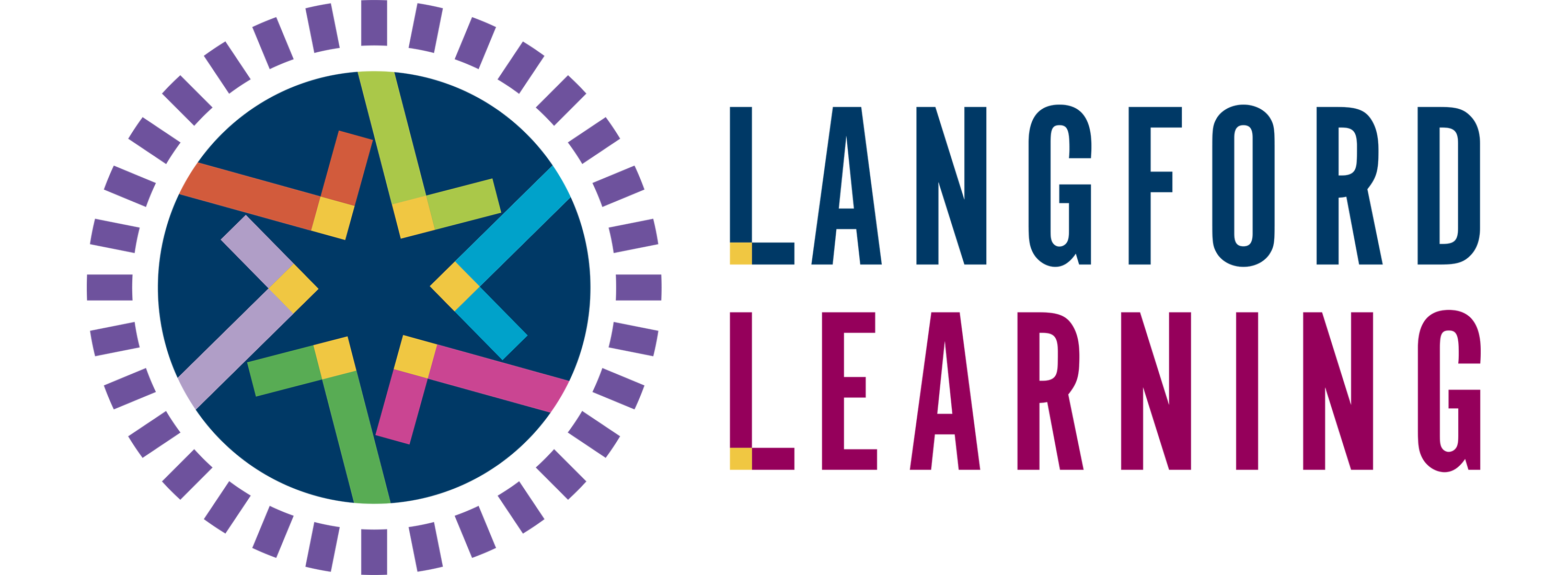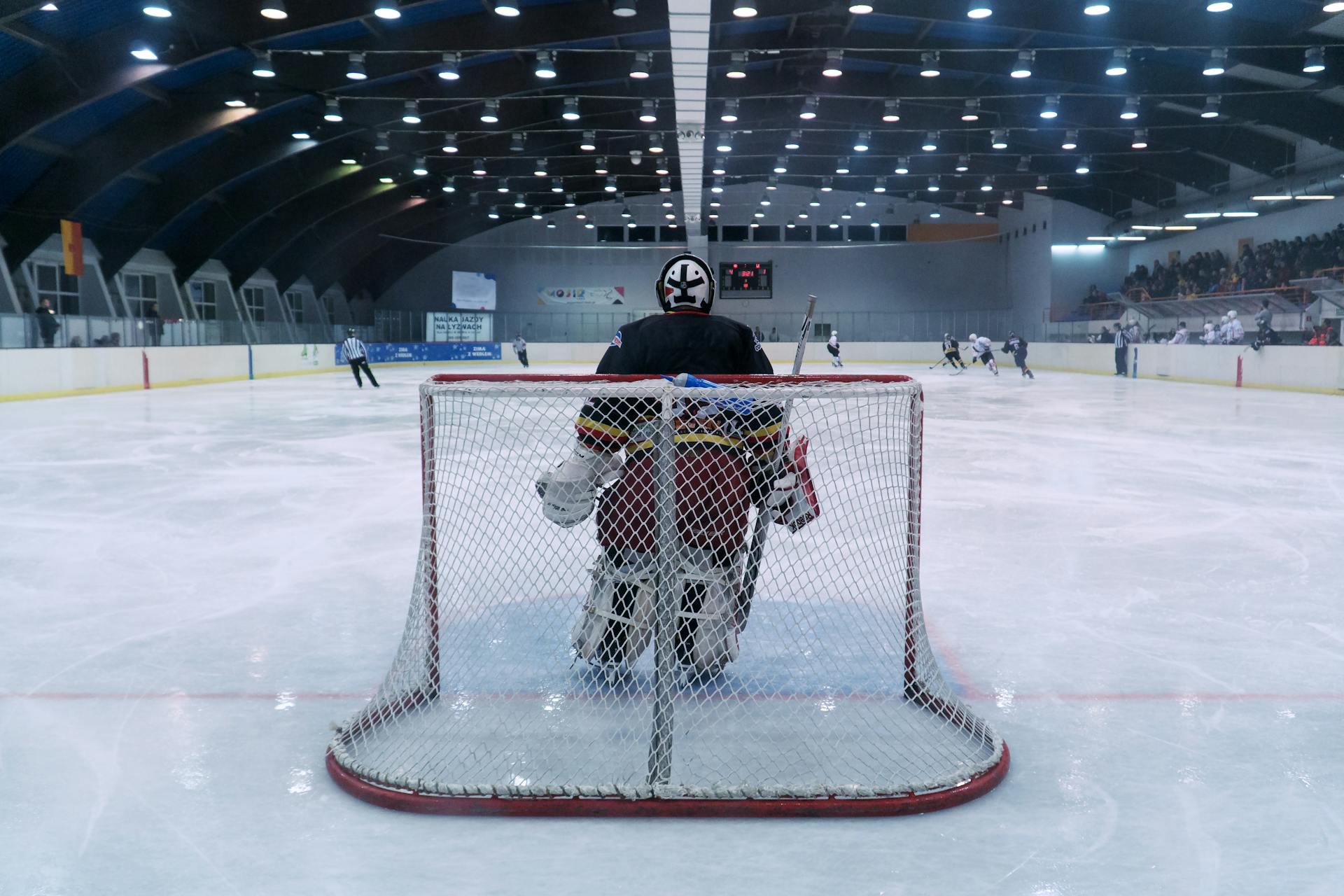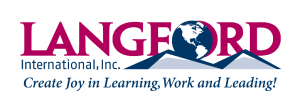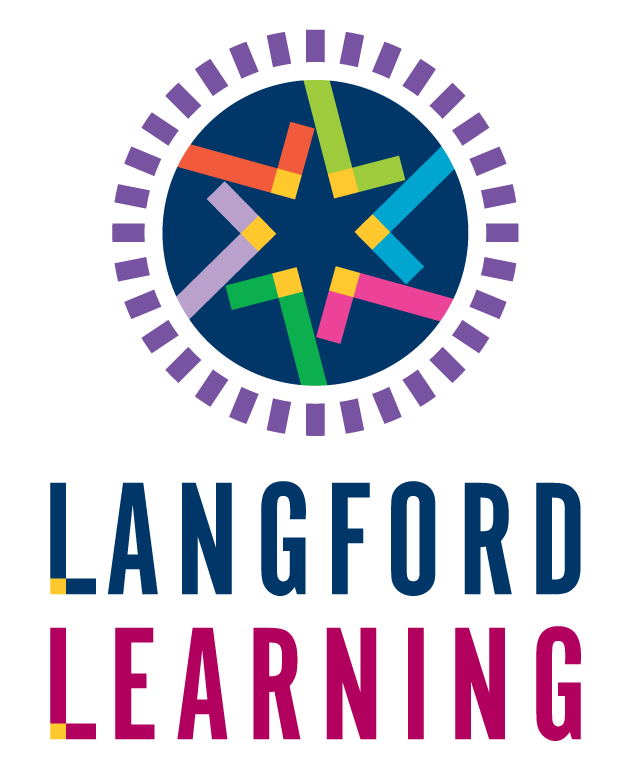Quality: Program of Strategy
- David Langford
- Business, Education, General
- 0 Comments

Often when I hear educators discussing problems related to school improvement I want to shout, “Stop the madness!” Undoubtedly, everyone in education, both in K-12 schools and higher education, feels pressure to improve. This pressure comes from a variety of sources: parents, school boards, administrators, politicians and the educators themselves. Whether or not to improve is not an option, but we must carefully consider how to improve. If your organization has crossed the improvement line and recognized, “We must do something to get better,” then the next question boils down to a famous quote by Dr. W. Edwards Deming: “By what method will you improve?”
Please do not mistake change for improvement. Clearly, there are a plethora of good programs and methods to choose from when attempting improvement. Often staff meetings, board meetings and strategic planning meetings degenerate to arguments over which program to implement, when the real question should be, “By what method will we determine which program or solution to implement?” All administrators and teachers are limited by time and money, so to speed up the process, the method for determining which program to implement is often boiled down to one of the following:
“The state department has a grant to implement (fill in the blank) program and we can get money and training if we participate.”
“Other schools are implementing (fill in the blank) program and we will be behind if we are not doing the same.”
“A teacher or administrator tried (fill in the blank) program at their last school and that worked well so we should do the same here.”
“We must do something and this (fill in the blank) program is as good as any out there.”
Dr. Deming called these methods “tampering”, not improving. I firmly believe people who “tamper” with classrooms or education systems–of any size–do not do so because they are trying to destroy the system. They are doing the best job they know how to do; no good educator willfully withholds better methods. Yet, in spite of the best efforts of so many well-meaning people, schools and systems jump from one program to the next, which teachers often refer to as, “flavors of the month”. Those in a position of authority, endeavoring to do the right thing, can cost the system dearly in terms of money, time and effort. All of these resources could be re-purposed for real improvements, not just the next new program. So, how do we stop the madness?
First, we must recognize and stop the current “mentality of improvement”. Borrowing an example without the theory behind it only leads to disaster. When someone in the organization suggests what they believe is the “next, best, greatest program” don’t immediately reject their suggestion. Simply acknowledge that they may be correct, and calmly ask, “For what problem at our site is this the best solution?” If you receive the common response, “But it’s a great program!” Simply agree again and reiterate, “For what problem is that a solution?” You can also make a possible “solutions list” to be studied later. This list will validate the idea that each program or solution is a worthwhile possibility to consider. Posting a Parking Lot for this purpose from the Tool Time Handbook is good way to record and store ideas. Now take the time normally used for arguing about which program to implement and put that time into studying the actual problem or opportunity.
I know of no better framework for studying problems than the PDSA (Plan, Do Study Act) cycle often referred to as the Deming cycle. The planning stage forces you to study your system, define the problems, document them with data and understand what has caused the current situation. Taking the time to understand the problem pays enormous dividends when finally moving to implement a solution. Solutions or programs driven through the PDSA cycle almost always work with success, because they are born out of the needs of the organization, and not from the need to implement a program.
During the PDSA process, make sure the data you collect takes into account the voices of students and other learners. They are closest to the learning situation and therefore the most knowledgeable about what is wrong with the current situation. If you discount the learner voice, you will move further and further away from the real target problems. Students often identify systemic problems or “targets” like:
“My teacher goes too fast or too slow.” “My teacher does not speak English well.” “My teacher does not explain things well.”
“My teacher/professor wastes too much class time.” “The grading system encourages people to quit.”
These are very common problems and are rarely addressed by prepackaged solutions. A program may be implemented perfectly, but if you are improving the wrong target or an aspect that really should be eliminated, then the improvement you hoped for will not suddenly materialize. Often, the greatest source of target identification and possible solutions is sitting directly in front of us, but we have neglected to ask for their help.
Quality Improvement tools, theories and processes are not a “program” in and of themselves, but are rather 99% strategies for determining proper improvement methods. You do not implement “Quality” rather, you use Quality strategies to improve the organization. As my friend and mentor Dr. Myron Tribus often states, “Quality is not your problem; it is the answer to your problem.”
-
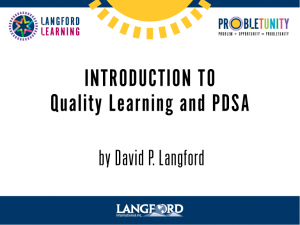
Introduction to Quality Learning and PDSA
$497.00 Select options This product has multiple variants. The options may be chosen on the product page -
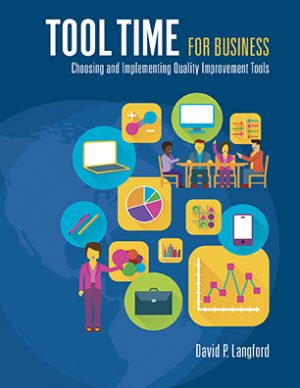
Tool Time for Business
$75.00 Add to cart -
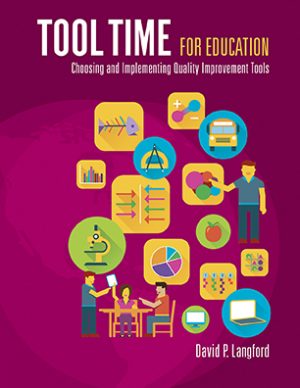
Tool Time for Education
$75.00 Add to cart
